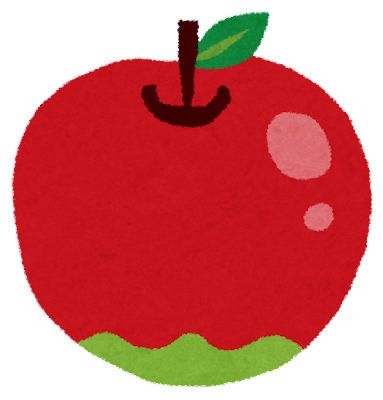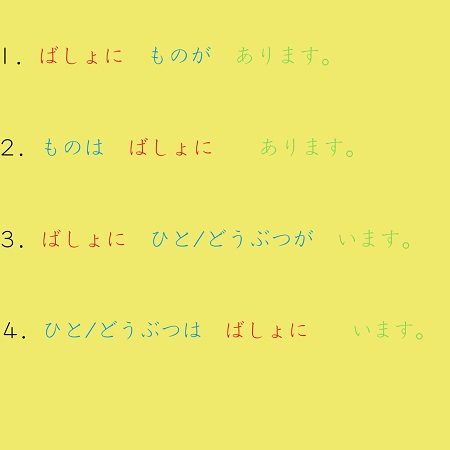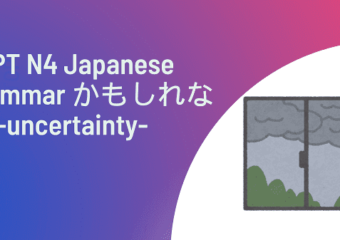When we mention the existence in English, we would say there is bla bla or there are bla bla.
However, there are two verbs in Japanese, ある(aru) and いる(iru).
Today, I’m going to teach you the difference between ある and いる.
ある

ある is a group 1 verb.
What’s a group 1 verb?
please read this article.
Japanese verb conjugation rule with chart
We use ある when we mention whether a thing (non-living) exists in a certain place, or where it is.
1.ばしょ(place)に もの(things)が あります。
There is an apple on the table.
2.ものは ばしょに あります。
There is an apple on the table.
いる

いる is a group 2 verb.
If you don’t know what a group 2 is, please read this article.
Japanese verb conjugation rule with chart
We use いる for people and animals.
1.ばしょ(place)に ひと/どうぶつ(person/animal)が います。
There is a panda at Ueno Zoo.
2.ひと/どうぶつは ばしょに います。
There is a panda at Ueno Zoo.
living and not living
When teaching others, some people will explain that いる is for living things, and ある is for not living things.
However, flower or trees are alive, but we use ある for them because plants can’t move.
If it’s living but can’t move by themselves, we would use ある.
There are cherry blossom trees at High Park.
I read news.
It said a train ran over a cow and the cow is under the train.
でんしゃが うしを ひいて、でんしゃの したに うしが あります。
The news didn’t tell us whether the cow still lives or not.
However, I understood the cow was dead because the news said あります instead of います。
conclusion

れんしゅう
You can print it out and fill out.
Answer↓
If you have questions, please comment below.
If you’d like to learn more Japanese, please feel free to contact me.
I teach Japanese in-person or online.
You can also learn Japanese on my Instagram page.



